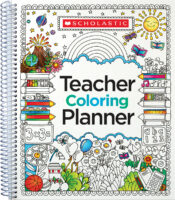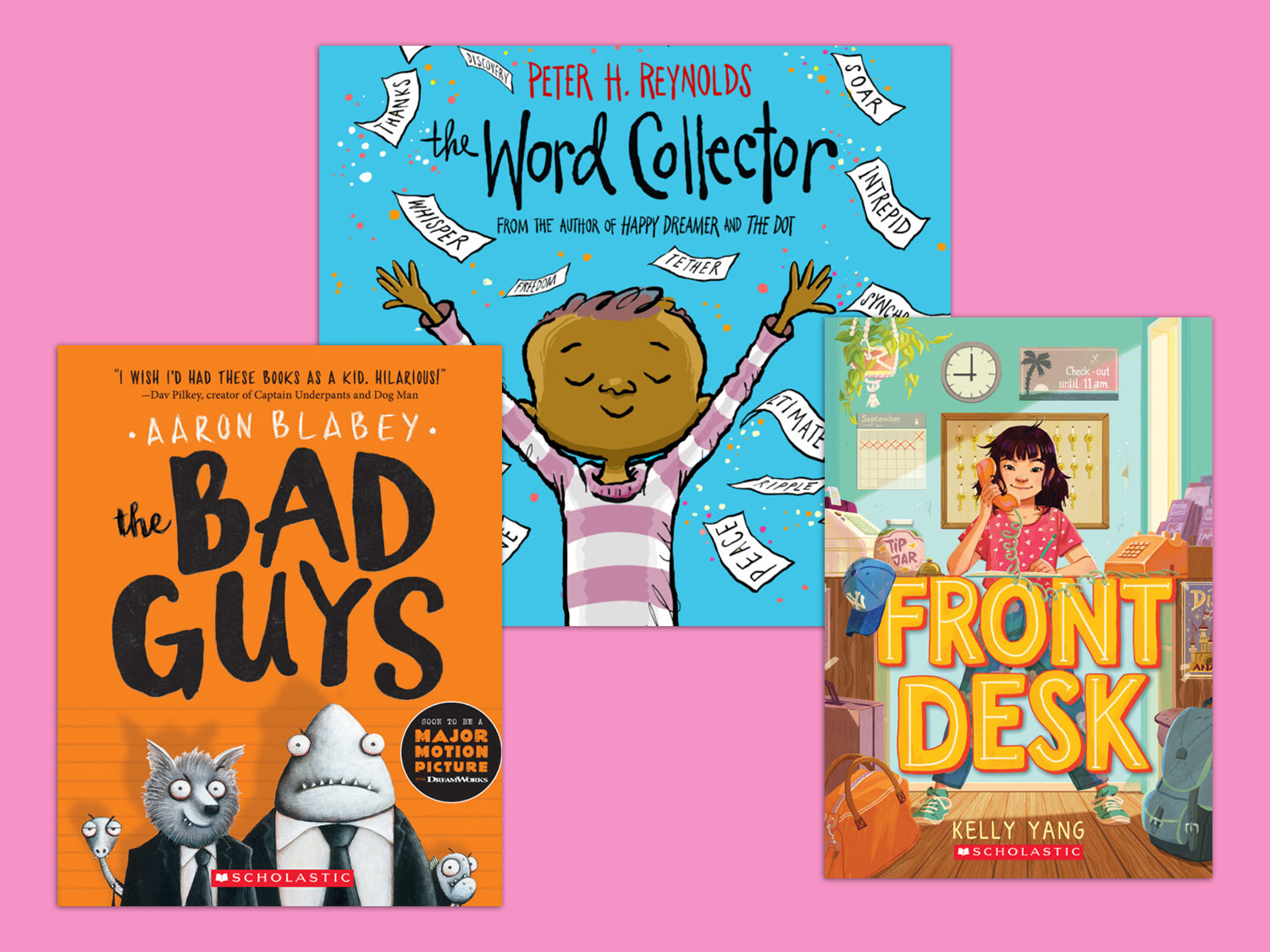How to Introduce a Lesson: 5 Tips & Tricks
These helpful teacher tips will make your lesson plans more effective.
Lesson plans are the foundation of your teaching practice and your students’ education. As semesters come and go, you’ll find your own rhythm and know what works for each individual class. After all, no two classes are alike.
Some lesson plans might not pan out the way you anticipated; others may work better than expected. It’s all about observing and finding what works for your students as you go along.
Whatever your classroom needs are, having the right approach to your lessons is key to everyone’s success, including your own. It might seem overwhelming at first, but with a few helpful tips, your lessons will run smoothly and provide your students with a quality education that’s informative, lasting, and fun.
Here, experienced teachers Pamela Michelle Roldan, a 4th grade teacher in Virginia, and Avery Lieske, a 3rd grade teacher in Alabama, share their tried-and-true methods for starting their lessons and running their classrooms smoothly.
1. Make a To-Do List
First thing’s first: Creating a to-do list is incredibly helpful in forming the bigger picture of the day, week, or month ahead. Writing your to-dos down on paper or digitally can help break your goals down into smaller, more manageable tasks for yourself and your students.
This way, you can make space for both larger and smaller lesson goals, everyday tasks like classroom maintenance, student jobs, and more. Pocket charts are great tools for sharing classroom goals.
“I make sure I know my learning targets. I always sit down and make a to-do list and visualize how my day should go,” says Lieske. “Setting time to be intentional and know the course of how your day will go is key to having a successful day.”
Using a teacher planner for this purpose can also help keep your to-do list on track and allows you to easily refer to it.
2. Identify Learning Goals and Set a Purpose
Throughout the week, take a moment to regularly identify your students’ evolving learning goals and how you would like to incorporate them into your lesson plans. Once you have those listed, identify the purpose behind each lesson.
“You should always keep in mind your purpose for the lesson,” says Lieske. “Begin with the end in mind. Ask yourself, ‘What do I want my students to know? What will I do to ensure they understand the lesson? How will I help them if they do not ‘get it’ right away?’”
In this way, you can help ensure that each student’s needs are met while working toward a common goal.
“Always make sure you and the students understand the purpose of the lesson,” says Lieske. “Setting intentions by telling the students the learning target for the day helps you stay organized and helps the student understand the why behind the lesson.”
3. Organize Your Materials
Tidiness and organization are two crucial keys to starting your lessons off on the right foot. Following an organization system that works for you will make all the difference in how smoothly your classroom runs. If you’re not sure how to start, try different methods and see what’s most effective for your unique needs.
When everything is in its place, you won’t waste time trying to find your materials or having to run out mid-lesson to make copies of papers, for example.
“I have a drawer system that has the days of the week on them and inside are folders that have the different subjects on them,” says Roldan. “I keep all the copies and materials that I need for that lesson."
Next, Roldan takes out the whole day and organizes the folders by the schedule.
"If I teach math first and ELA second, they would go in that order so that I can just grab it and go!" says Roldan. "I need to be organized — and this system has helped me not need to run to the copy machine during class time.”
4. Create an Assessment Plan
Taking the time to go over your completed lesson plans and evaluating what worked and what didn’t will help you shape your future goals. What matters most, however, is the end result. Some questions to ask yourself are: How did your students respond to this lesson? What brought out the most enthusiasm? What could be improved upon?
“I constantly am looking at my end assessment/PBL, where I want students to be/achieve at the end of instruction,” says Roldan. “I break this up and use exit tickets to help assess as we go, but I make sure that I refer to my end assessment often or the rubric (if I am doing a project-based assessment).”
Involving your students in the assessment is also incredibly helpful. Students will feel more in control and will be more willing and eager to participate.
“I also make sure to go back to the essential questions once a week and we discuss these as a class,” says Roldan. “I need to make sure that I am using the correct vocabulary, question type, wording, etc. so that nothing is a surprise. Always know where you are going, and what is the destination so that you can better prepare for the journey.”
5. Avoid Comparisons
While it’s normal to look to other teachers for their help or inspiration, it’s also important to remember that every teacher and classroom is different.
“I think the most important thing you can do is avoid trying to be perfect and comparing yourself to other teachers,” says Roldan. “We plan these lessons, often with others, and it’s easy to let these thoughts into your head. But you just need to remember that you are exactly what the students need and you are going to give them your all.”
Allow yourself to enjoy the unique, fun qualities of the lessons, and try to stay in the present moment. Your students will engage more when they feel your excitement about the subject matter — it tends to be contagious.
“I think the attitude of the teacher is everything,” says Roldan. “And remember, they are watching you. If you are hard on yourself and it shows, they will be hard on themselves. We preach that making mistakes is normal and there is no such thing as perfection, yet we don’t extend these same principles to ourselves. They are watching us and they are really observant.”
Shop the best organizational tools for your lesson plans below! You can find all books and activities at The Teacher Store.
Make this planner as unique as you are with full pages and doodles to color throughout the year. Express your creativity as you organize your teaching schedule with monthly and weekly planning pages, a student roster, birthday and holiday pages, and more. A cool way to combine organization and relaxation.
Easy-to-use forms for recording grades in all subject areas.
Rediscover the joy of teaching with this planner that doubles as a gratitude journal. This beautiful spiral-bound organizer is thoughtfully designed with everything a busy teacher needs, plus writing prompts and inspirational quotes to help her remember and appreciate the little moments that made her fall in love with teaching.
Terrific plan book specifically designed for the preschool teacher! 120 pages for planning the entire year! Unique pages for planning early childhood interest centers. Sample plan pages and numerous helpful hints included!
Manage your class schedule with this modern planner interspersed with pages featuring inspirational sayings.
Make this planner as unique as you are with full pages and doodles to color throughout the year.
Essential for teachers and substitutes alike, this bright, durable two-pocket folder helps organize sub plans and offers activities for substitutes to use in a pinch.
This bright, durable two-pocket folder helps keep important papers organized so substitute teachers can hit the ground running.
Full-color photo cards include 10 job cards, 2 blank cards, and 2 title cards (1 blank). Also includes a 2-page activity guide.
For use with your Scholastic Daily Schedule Pocket Chart.
Full-color photo cards include 12 month cards, 33 date cards, 7 week days, 4 birthdays, 2 field trips, and 2 special days. Also includes a 2-page activity guide.
Pocket chart features 10 sturdy pockets that fit letter-size folders. Perfect for organizing student files, file-folder games, forms, and other paperwork.














